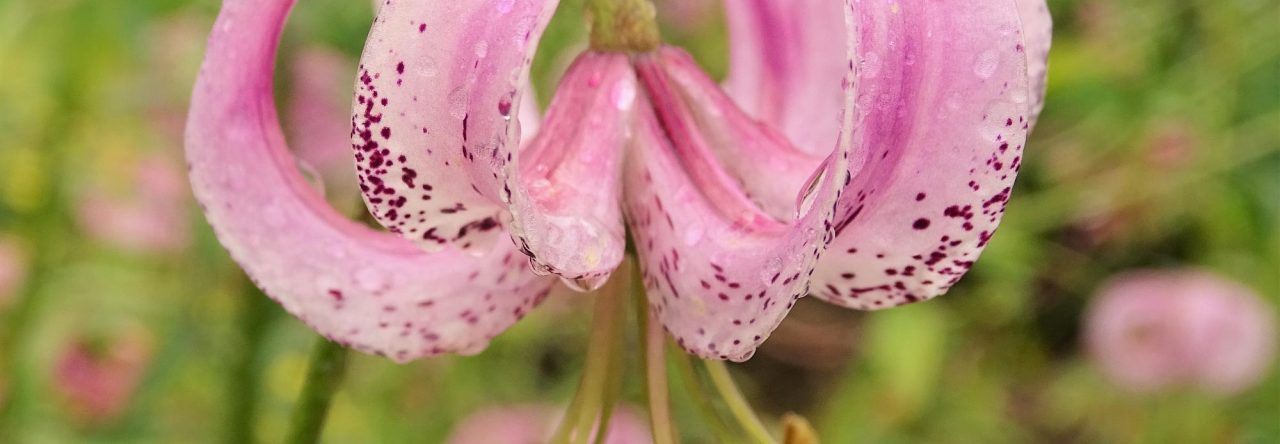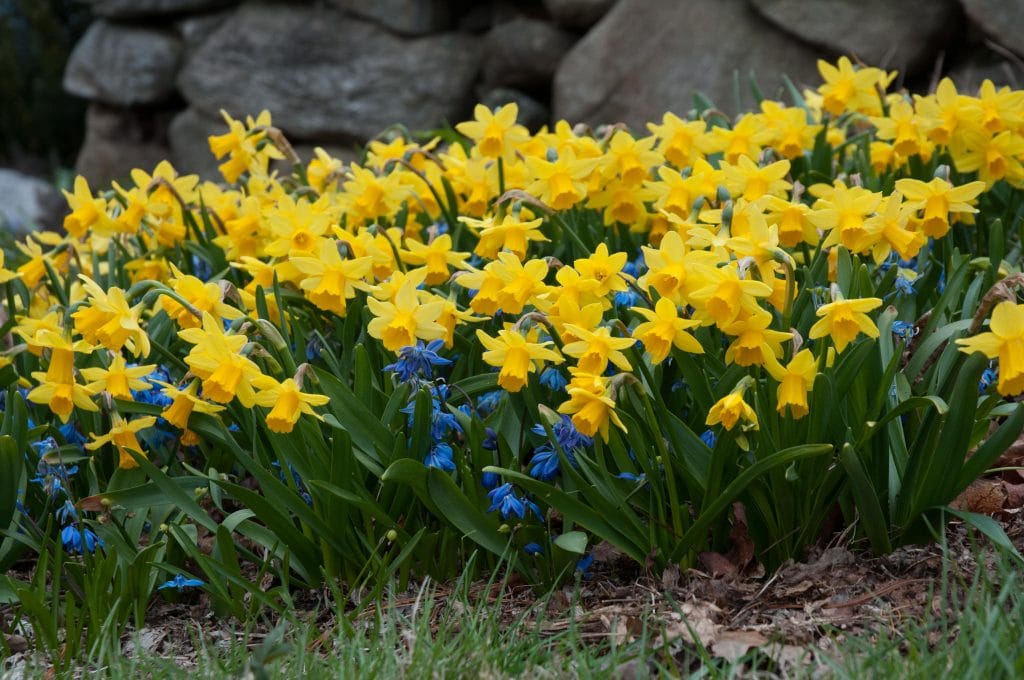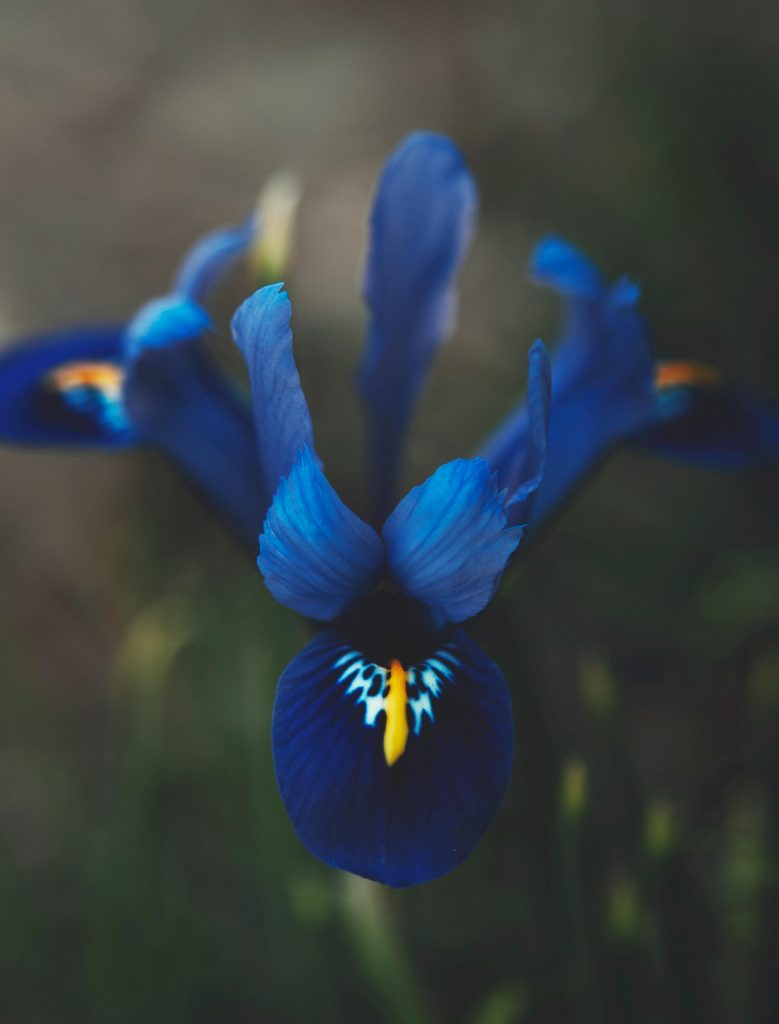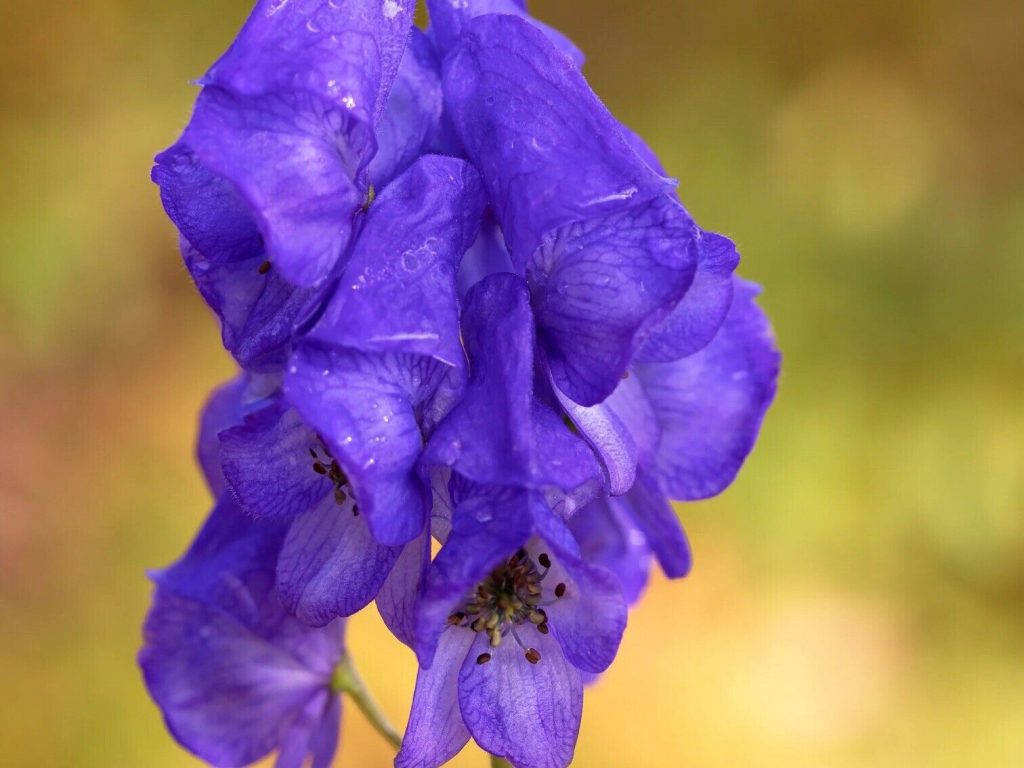Introduction
Nettles, often overlooked and misunderstood, are versatile plants with a rich tapestry of roles in both nature and human culture. From their stinging mechanism to their culinary and medicinal applications, nettles have woven themselves into the fabric of ecosystems and societies worldwide. In this article, we embark on a journey to unravel the mysteries and marvels of nettles, exploring their anatomy, ecological significance, cultural importance, and potential for sustainability.
Anatomy and Physiology: Understanding the Stinging Mechanism
At first glance, nettles may seem like ordinary plants, but their defensive mechanism sets them apart. The serrated leaves of nettles conceal tiny hairs that inject a potent cocktail of chemicals upon contact, causing a painful sting. Understanding this mechanism sheds light on nettles’ ability to thrive in diverse environments by deterring herbivores and protecting themselves from harm.
Ecological Role: Nettles as Pioneer Plants and Habitat Providers
Nettles are nature’s pioneers, often the first to colonize disturbed areas and pave the way for ecological succession. Their rapid growth and nutrient-rich leaves contribute to soil fertility and stability, creating habitat and food sources for a myriad of organisms. By studying nettles’ ecological role, we gain insights into ecosystem dynamics and the interconnectedness of species within them.
Cultural Significance: Nettles in Folklore, Mythology, and Traditional Practices
Throughout history, nettles have captivated human imagination, featuring prominently in folklore, mythology, and traditional practices. From tales of their magical properties to their use in rituals and ceremonies, nettles have left an indelible mark on cultural narratives worldwide. Exploring their cultural significance offers a glimpse into humanity’s enduring relationship with the natural world.
Medicinal Properties: From Ancient Remedies to Modern Applications
Nettles have long been revered for their medicinal properties, with a history of use dating back centuries. Rich in vitamins, minerals, and antioxidants, nettles boast a plethora of health benefits, from alleviating arthritis pain to relieving allergies and promoting overall well-being. Modern science continues to uncover new applications for nettles, reaffirming their status as a valuable botanical remedy.
Culinary Delights: Nettles as Nutritious and Versatile Food
Beyond their medicinal virtues, nettles are prized for their culinary potential. Packed with nutrients and boasting a unique flavor profile, nettles lend themselves to a variety of culinary creations, from soups and teas to pestos and salads. Exploring the culinary delights of nettles opens up a world of gastronomic possibilities and highlights their potential as a sustainable food source.
Nettles in Art and Literature: Symbolism and Representation
Nettles have inspired artists and writers for generations, serving as symbols of resilience, transformation, and the interconnectedness of life. From paintings and poems to folk songs and folklore, nettles feature prominently in cultural expressions around the world, weaving a rich tapestry of symbolism and representation that resonates across time and space.
Nettles in the Garden: Benefits and Considerations for Cultivation
For gardeners and horticulturists, nettles offer both benefits and challenges. While their ability to attract beneficial insects and improve soil fertility is undeniable, their stinging hairs can pose a nuisance to unwary gardeners. Understanding the nuances of nettles’ cultivation allows for their integration into gardens and landscapes in ways that maximize their benefits while minimizing their drawbacks.
Conservation Challenges: Threats and Strategies for Protection
Despite their resilience, nettles face threats from habitat loss, invasive species, and overharvesting. Conservation efforts are crucial to safeguarding nettles and the ecosystems they inhabit, requiring collaboration between scientists, policymakers, and local communities. By addressing these challenges and implementing sustainable management practices, we can ensure the long-term viability of nettles and their associated habitats.
Future Directions: Harnessing the Potential of Nettles for Sustainability
Looking ahead, nettles hold promise as a sustainable resource for diverse applications, from medicine and food to textiles and biofuels. By harnessing their ecological, cultural, and practical potential, we can unlock new opportunities for innovation and sustainability. Through interdisciplinary collaboration and stewardship, we can cultivate a future where nettles thrive alongside humans, enriching our lives and the planet we call home.



